Is anthracnose treated in orchids?
Orchid anthracnose is a common disease. Compared to pithium or late blight, it is not so dangerous. However, if measures are not taken in time, the plant will lose leaves and then die.
At a quick glance, anthracnose resembles a burn. If you do not take into account one "but" - burn spots do not increase in size. The depressed foci have a well-defined contour and merge as the disease progresses.
Anthracnose - what is it?
Anthracnose disease belongs to the category of infectious diseases. The causative agents are fungi of the genus Colletotrichum. There are several subspecies of fungi:
- Phalaenopsis predominantly affects Colletotrichum gloeosporioides;
- Cattleya - Colletotrichum orchidearum and Colletotrichum boninense;
- Wanda - Colletotrichum karstii and Colletotrichum crossandrae;
- cymbidium - Colletotrichum coccodes and Colletotrichum crassipes.
In different varieties of flowers, the disease manifests itself in different ways. Symptoms depend on the structure and thickness of the leaves.
Anthracnose may be indicated by:
- dry whitish spots on orchid leaves;
- brown spots;
- black spot, gradually lightening;
- round spore pads (white, pink, yellow, brown) - appear over time.
The anthracnose spots gradually increase and merge. Many have probably seen them on other plants. In the second half of summer, the characteristic anthracnose spotting covers the greens of currants, gooseberries, rose hips, flickers on meadow grasses. The disease affects vegetable crops and is considered a thunderstorm for cucumbers and zucchini, as it can destroy a significant part of the crop.
Anthracnose synonyms: bitter rot, copperhead.
Why does anthracnose appear on orchids?
Anthracnose disease develops as a result of infection. Fungal spores are easily airborne, get on hands, clothes, tools when working with infected plants. Often, a recently acquired indoor flower becomes a source of infection.
At low air humidity in the greenhouse (60% or less), anthracnose may not manifest itself for a long time.
In conditions of high humidity and heat, the incubation period takes on average 4 to 10 days. Most often, the spread of the disease occurs at a temperature of + 25 ° C and a humidity of 90%. But in general, anthracnose is able to develop in a much more unfavorable environment (at temperatures from + 4 ° C to + 30 ° C).
Stagnation of water in leaves and sinuses, high humidity, heat - 3 factors that must be avoided in order to protect the orchid from anthracnose and other fungal infections.
How to cure a plant?
Orchids are very delicate flowers that are difficult to recover from transplants, pruning, and radical treatments. Any manipulation is stressful for them. Therefore, it is necessary to approach the fight against anthracnose wisely, act carefully and carefully. Orchid treatment is carried out in 2 stages.
If strange white or dark spots appear on the orchid, then the first thing to do is to isolate the plant from other indoor flowers.
The first stage of treatment
First you need to remove the areas of leaves affected by anthracnose. It is the plots. In the case of orchids, if it is possible to preserve at least part of the leaf, then they do so.
To implement the plan you will need:
- Tool. Best of all - secateurs. At worst, sharpened scissors or a knife will do.
- Disinfectant for the instrument. Before starting the procedure, you need to treat the cutting part of the secateurs with alcohol, and before that, boil or hold it in bleach.
- Disinfectant for processing slices on orchid leaves: tablets of activated carbon, iodine, brilliant green or natural cinnamon.
- Gloves. The procedure is recommended to be carried out with gloves. They will help protect your hands from the scalding sap of the plant and the negative effects of disinfectants.
So, at the first stage of treatment, all affected areas of the leaf are removed to the green healthy tissue. If the room is hot and humid, it makes sense to grab 1–2 cm of the green part (under favorable conditions, fungal spores spread very quickly, and a completely healthy-looking tissue may already contain an infection - then in 4-10 days the fungus will get stronger, and anthracnose will manifest itself again). If we are talking about the Phalaenopsis orchid, then here all the more you should not spare the affected leaf. Yes, of course, the plant will take a long time to recover. But if the fungus remains, then there is a high risk of its penetration into the stem, which threatens much more serious consequences, from the loss of all leaves at once to the complete death of the flower.
After trimming is complete, the instrument must be disinfected immediately to eliminate fungal spores and thereby prevent the spread of anthracnose.
Second stage of treatment
The next stage is no less important and responsible. The substrate is changed without fail, and the orchid pot is disinfected. Then treatment with a fungicidal agent is carried out.
Fungicides are substances that inhibit the growth of fungi. The drugs are divided into 2 groups: organic and chemical.
- The former are softer and even nourish the plant.
- Chemical fungicides are more effective, but due to their toxicity, they should be tried on with caution, only in a well-ventilated area.
Organic anthracnose remedies:
- Mikosan. The basis of the preparation is an extract of the tinder fungus. It is a concentrated solution that is diluted with water before use. For spraying orchid leaves and watering the substrate, you need to dilute 10 ml of "Mikosan" in 1 liter of water.
- Fitosporin M. It is synthesized from the bacterium Bacillus subtilis 26. It is produced in the form of powder, paste and solution. Liquid Fitosporin M for leaf treatment is dissolved in 1 liter of water in the amount of 8 drops, and 15 drops for root watering.
- "Alirin B". Analogue of "Fitosporin M". The basis of the preparation is made up of different strains of Bacillus subtilis 26. With anthracnose, orchid leaves are treated with a solution prepared from 2 tablets "Alirin" and 1 liter of water.
- "Trichodermin". The fungicidal effect of the drug is due to the content of the antagonist fungus Trichoderma. Available in powder and vials. For spraying the leaves, 5 ml (mg) of "Trichodermina" is diluted in 1 liter of water.
Anthracnose chemicals:
- "Quadris". A potent systemic drug. Suppresses infection after 1 hour. For spraying, 1 ml of "Quadris" is diluted in 2 liters of water.
- "Acrobat MC". Therapeutic and prophylactic agent for fungal diseases. To prepare a solution, 4 g must be dissolved in 1 liter of water.
- "Pure color". Fungicide from a domestic manufacturer. It is a concentrated emulsion. To spray the leaves, 1 ml of the liquid is diluted in 2.5 liters of water.
After treatment, the orchid remains in quarantine for 10-14 days. During this period, watering is reduced and the room is kept relatively dry. In most cases, the measures taken are sufficient and the anthracnose no longer makes itself felt.
The duration of flower recovery depends on the volume of the cut green mass. If whole leaves are removed, then it is recommended to feed the orchid with nitrogen fertilizers (Oasis, Greenworld, Bona-forte, Cameleon). But nitrogen can be used only when there is confidence that the disease is completely defeated.

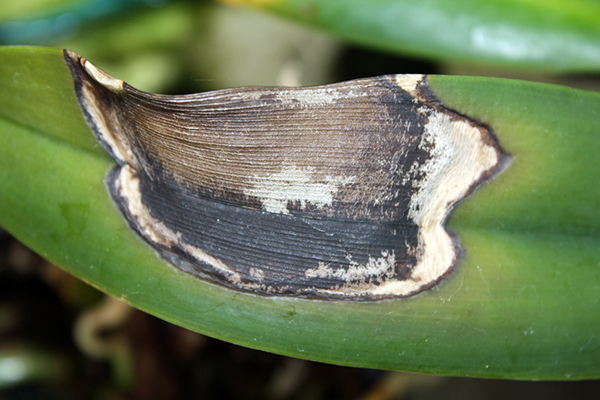
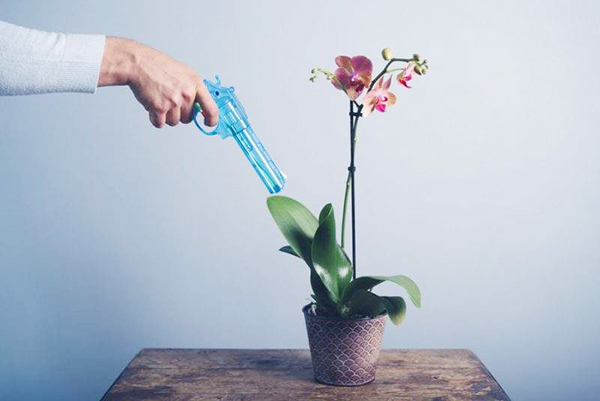
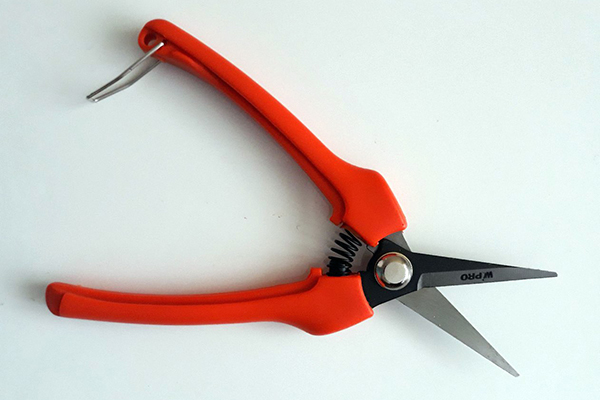
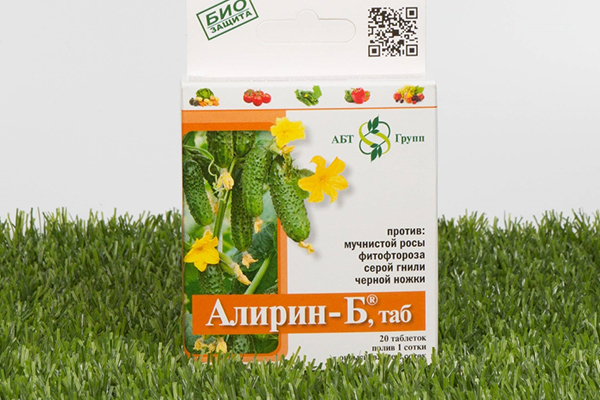
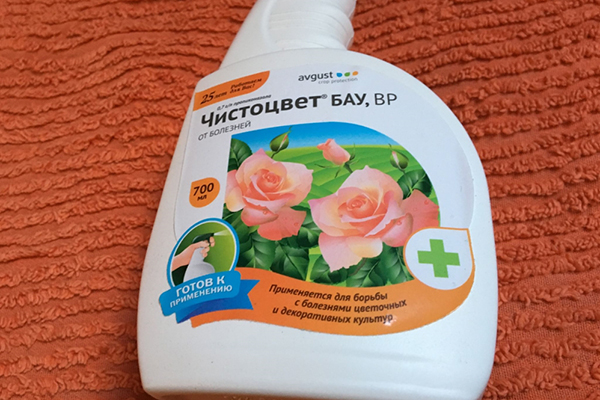
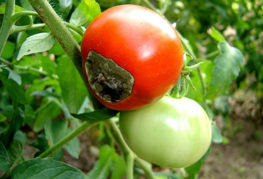
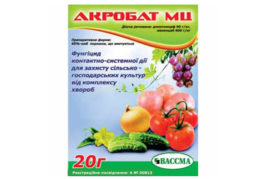
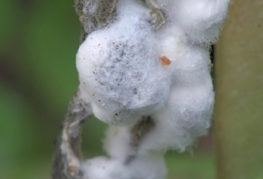
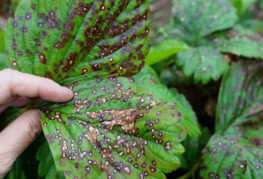
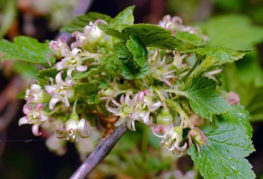
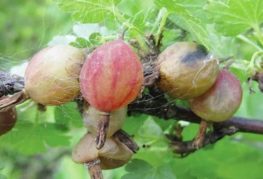
and will be published shortly.